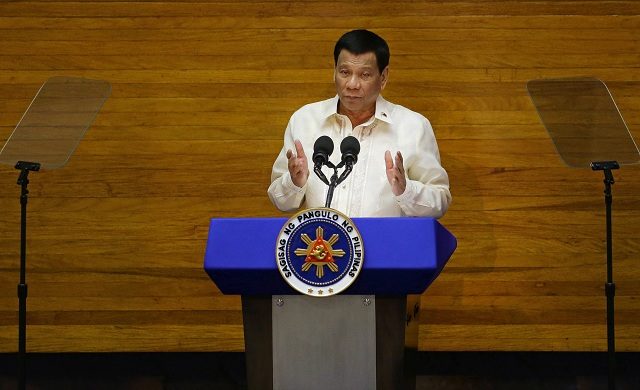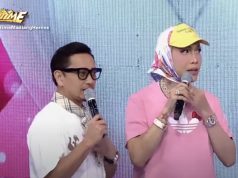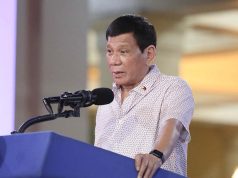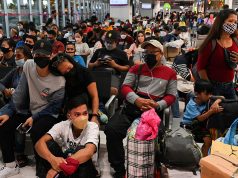President Rodrigo Duterte’s third State of the Nation Address was criticized for not going into much details of the accomplishments and achievements of the administration in the past year.
Political pundits and watchdogs of the country remain divided over this change in tone and content going against the traditional function of the SONA.
A different kind of SONA?
Duterte’s speech delivered on Monday afternoon has been noted for its relatively short length at around 40 minutes.
The president brought up few of the governments accomplishments: an increased number of regularized workers following his directive to end contractualization in the country, stronger ties with China, and the passage of the Tax Reform for Acceleration and Inclusion Law.
However, the bulk of his speech went to announcing the start of Package 2 of TRAIN; directing congress to pass legislation creating the “Department of Disaster Management,” banning contractualization, establishing the Coconut Farmers’ Trust Fund; the possibility of a new telecommunications company entering the market; an improved socialized healthcare system; and the eventual transition to a federal constitution.
For critics, the sparse mention of the president’s accomplishment can be attributed to there being no accomplishments in the first place.
To them, the relatively short length can be attributed to something that is missing but which the administration would prefer not to bring up.
Figures don't lie about the true state of the nation (SONA).
Let’s start w/ Good Governance:
-Duterte’s travel expenses, year 1: P386-M, 3x costlier than previous presidents'
-Contingent Fund: P13-B; biggest in history
-Sacked officials for corruption but reappointed 16 of them— Alt Tantay ?️? (@rupertnotholmes) July 22, 2018
Duterte’s supporters have acknowledged the lack of accomplishments discussed in his speech. But for them, that may have been out of humility.
That’s a totally different SONA. Honest, frank and no self-serving list of accomplishments made by the government for the past year. And for the first time not a single cuss word was said. Well done President Tatay Digong. Mabuhay po tayong mga Pinoy. Let us unite??#SONA2018
— Duterte (@Duterte24x7) July 23, 2018
In contrast, Duterte’s predecessor Benigno Aquino III was known for delivering lengthy speeches during the annual SONA. He was criticized and accused of aggrandizement for an hour-and-a-half speech in 2015.
Aquino drew jeers from critics for focusing on the purported achievements of his office without tackling other issues the country faced.
SONA in the constitution
There is no constitutional mandate directing what a SONA speech is supposed to center on, but its roots can be traced to a provision in the 1935 Constitution.
Article VII, Sec. 10(5) of the 1935 Constitution states that “The President shall from time to time give to the Congress information on the state of the Nation, and recommend to its consideration such measures as he shall judge necessary and expedient.”
Since then, the chief executive has been expected to address the legislature at least once a year. The date and venue of the address has varied throughout administrations over the years.
The current 1987 Constitution did not retain the provision on SONA, but instead merely provides in Article VI, Sec. 23 that: “The President shall address the Congress at the opening of its regular session. He may also appear before it at any other time.”
Duterte’s predecessors have focused their speeches on updates of government’s projects.
For some, the address resembled another version of his inauguration speech from two years ago rather than an update on the promises he made from two years ago.
A huge portion of #SONA2018 sounded like campaign promises without discussing what the state of the nation is. I was expecting results — in solid proven figures. Duterte had time: he could have shared his purported “list of accomplishments” with us, the way he shares his matrices
— Your Lawyer Says (@YourLawyerSays) July 23, 2018










